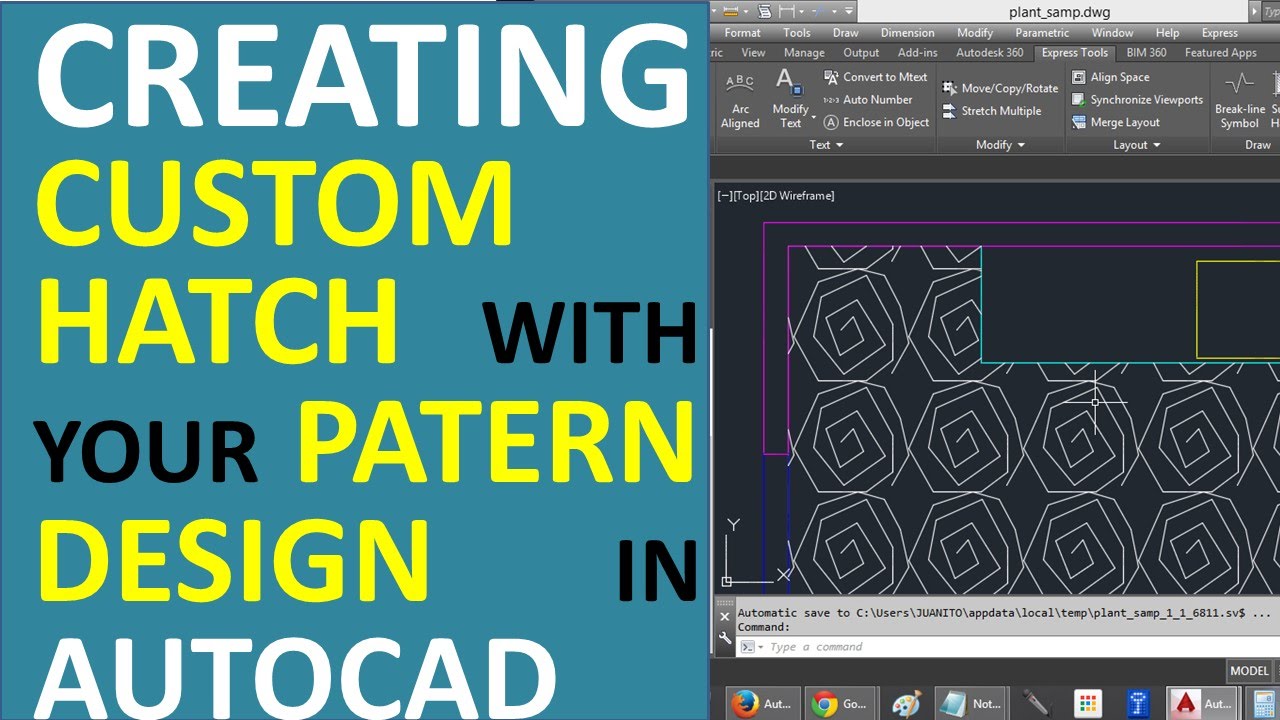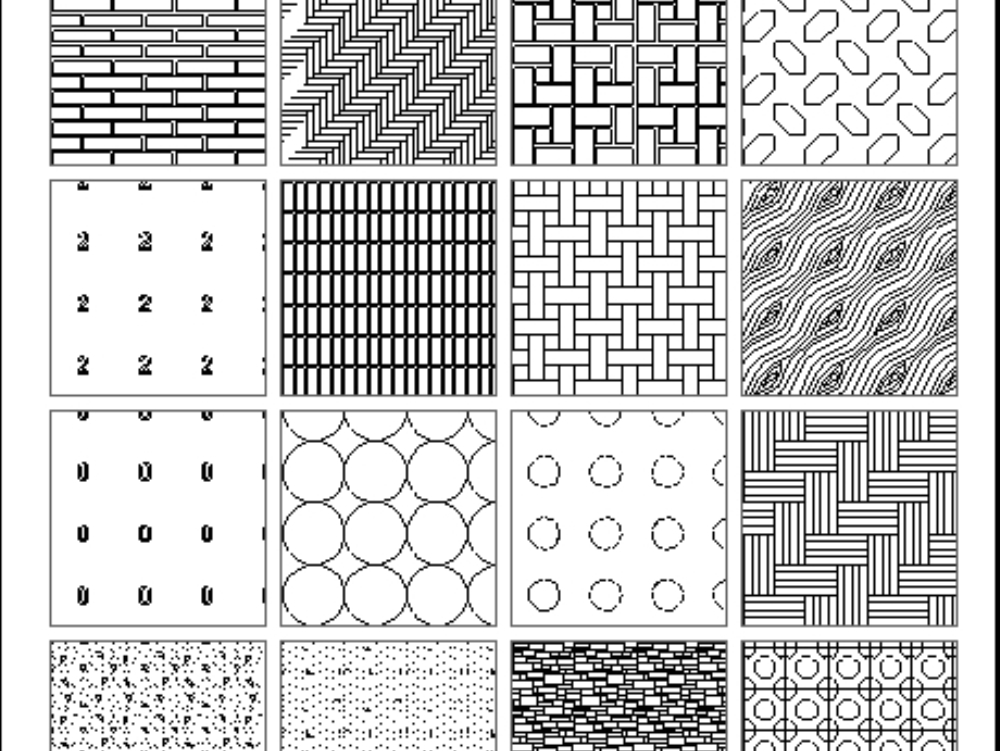

Hatch patterns can be used to fill enclosed markups and measurements.

The Manage Hatch Pattern Sets dialog box appears.Ĭlick Add. On the Properties tab, select Manage from the Hatchmenu.

See Fig 4.Ĭhoose the file in the import list. Navigate to the *.pat file and select it. In the dialogue box that appears choose the Custom option. Drafting for the annotation objects and Model for 3D objects and Elevations. First choose whether to create a Drafting or Model Hatch. From the drop down menu, select Fill patterns.

To import into Revit, select the Manage tab and choose Additional Settings. Once edited the *’pat file is saved in the same place as the revit.pat file. *HBFLEMET,Brickworkflemishbond Free patterns from %TYPE=MODEL These are Drafting or Model and *.pat file must have lines of code to accept these options, also the units of the hatch must be stated so that scaling problems do not occur. There are two options when importing a pattern file into Revit. However, a few extra lines of code need to be added before it is imported into Revit. Revit accepts the same format Hatch pattern as AutoCAD, which is the *.pat file extension which is editable using notepad.


 0 kommentar(er)
0 kommentar(er)
